Summer in Review
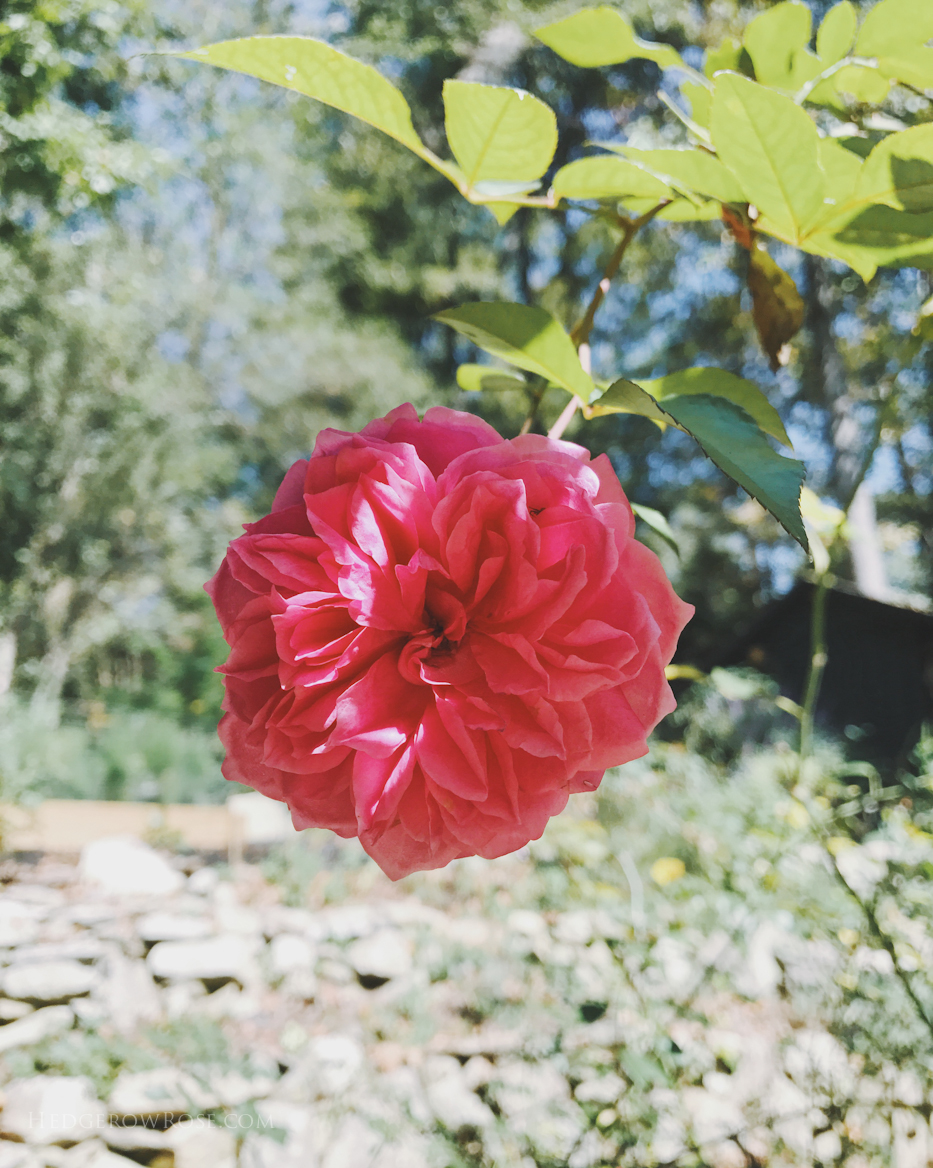
This blog is close to 7 years old and something I like to do every year is recap the growing season with a “summer” in review although, technically, it includes spring, too! This year, I almost said the heck with it as I feel like I’ve already mentioned all this stuff already in my recent, infrequent posts. In the end, I figured if I’m going to share our experience with the past year, I need to at least make it worth your while with links, plant names, what worked and what didn’t. In no particular order, here we go: 2017 Growing Season.
The Spring Bulbs: Last autumn I purchased most of my bulbs from those discount bins at Home Depot and was planting them all the way into December. The tulips were so pretty and I’ll definitely be doing that again because they were much-needed color during that time of year. The tête-à-tête dillies planted along the fence line were also one of my favorite bits of spring. Unfortunately, the alliums that I planted (and these were not bargain bin) were just the worst. I planted dozens and dozens of various varieties in different areas of the garden and every single one was terrible. I can’t figure out what went wrong, but they were such weaklings and hardly bloomed at all. Have you ever had that happen? {EDIT: I’ve since learned that it was probably the voles eating our Allium bulbs that caused this problem. While alliums are deer resistant, rodents will still eat them.} Ending on a positive, if you live in the south you must try Narcissus ‘Falconet’! They bloomed for weeks and weeks and were so wonderfully fragrant.
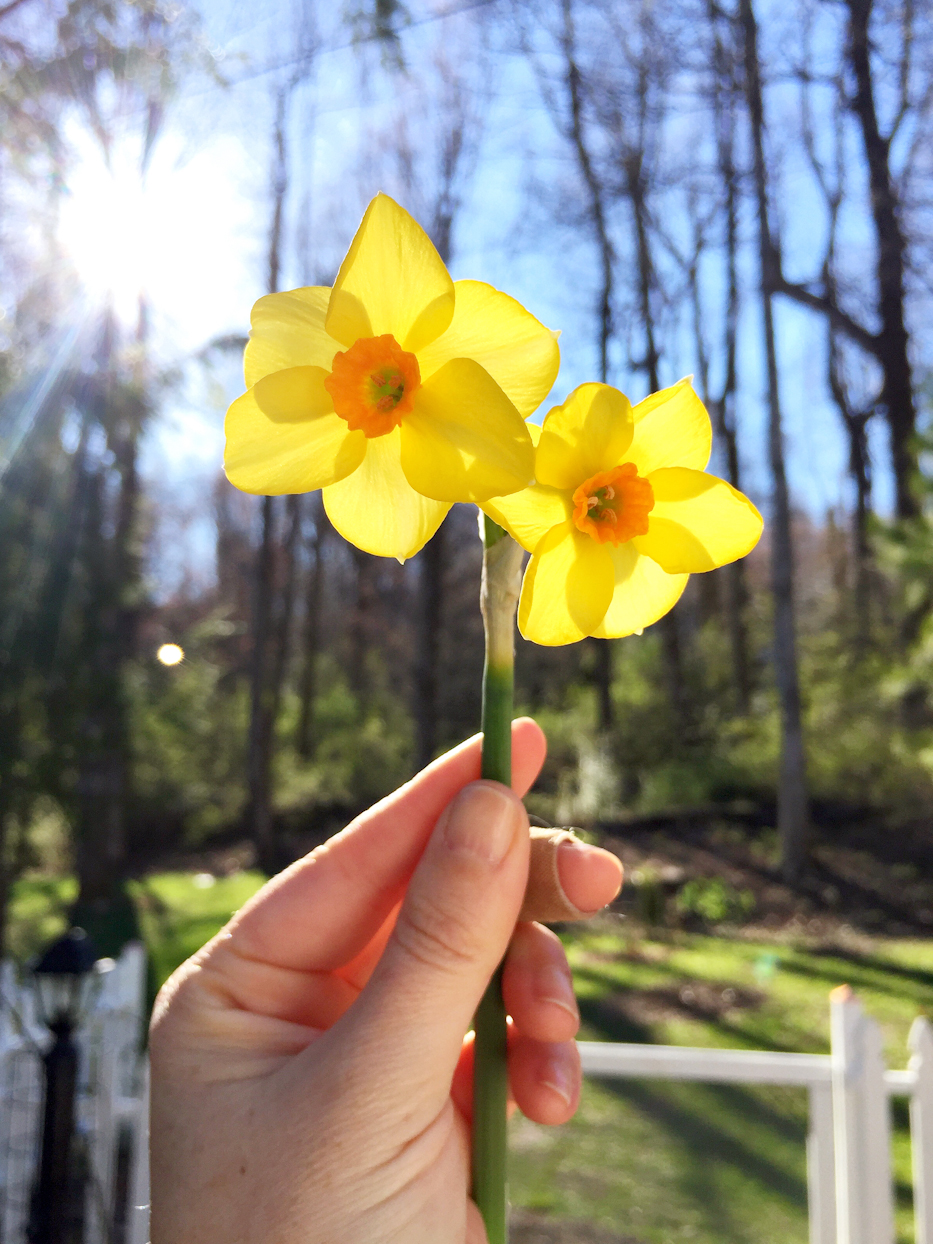
The Summer Annuals: Every year I like to try a new-to-me Cosmos, Zinnia and Sunflower. They’re such summer staples and I guess I’m always looking for my new favorite. Do you do that, too? I was so excited to try the new yellow Cosmos, ‘Xanthos’ , but it was not as great as I hoped. The bloom period was very short (for a Cosmos), and in our bright, southern sun, the pale yellow was too washed out. The ‘Picotee’ were simply pretty, as all Cosmos are, but didn’t have me shouting from the rooftops like the Double Clicks of last year. I’m sort of in love with the coloring of ‘Rubenza’ and think they’d look so stunning blended with the pink double clicks. Next year?
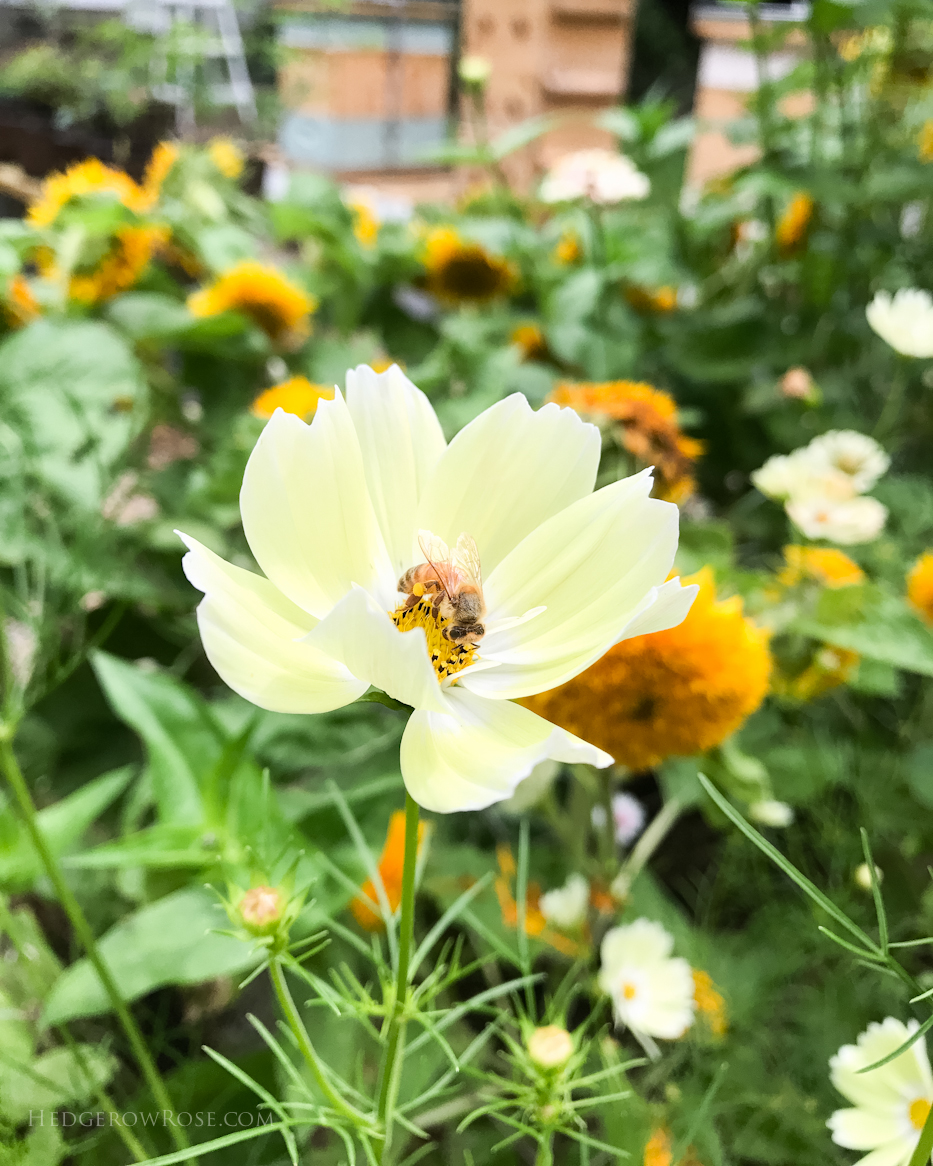
Same goes for the ‘Oklahoma Mix’ zinnias that I tried this year. They were so happy and summery looking–just what you expect from a zinnia–disease resistance was pretty good, but didn’t make me lose my mind or anything. I know everyone is all hyped up over ‘Queen Red Lime’ right now, but for some reason it doesn’t really do it for me so the hunt continues for my zinnia of dreams.
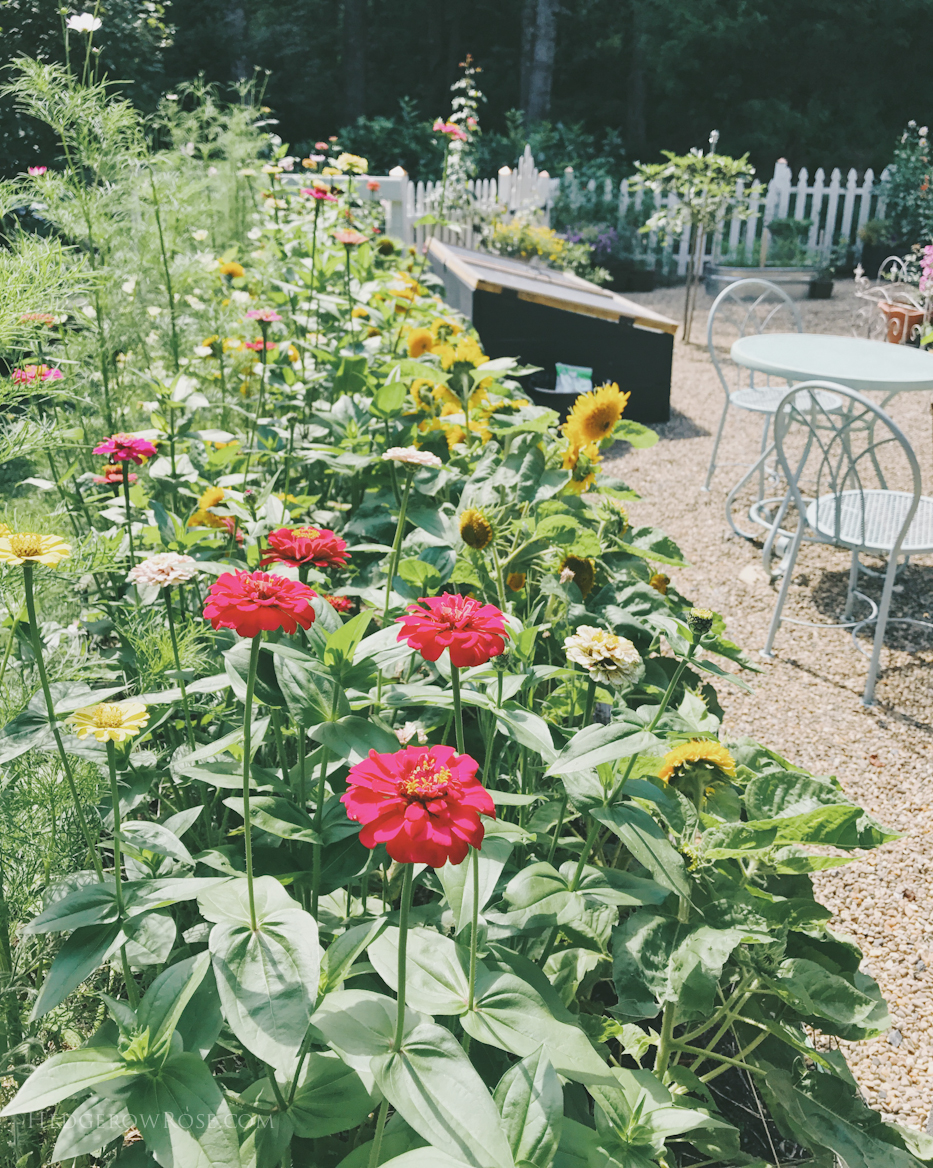
I did a repeat of an old standby, the ‘Teddy Bear’ sunflowers I love so much and they were so fun, but it was hard to not compare them to the new-on-the-scene sunflower called Sunfinity. It truly did live up to the hype. Just one plant, grown in a container, stayed in flower for 3 solid months. The Teddy Bear variety bloomed, faded and left and Sunfinity just kept going and going. In fact, I only just the other day pulled it and put it in the compost heap. It was still flowering! Yet, it did start to look a bit ratty by this point. It doesn’t look like Sunfinity is available in seed form for the home gardener but look for the plants at your local home improvement store next summer. If you’re a commercial grower, you can get some plugs from Gloeckner. Try it and let me know what you think. {EDIT: Burpee has seeds!}

I revisited a very old favorite this year: ‘Bunny Tails’ grasses. Easy to grow, soft as a bunny and they dry beautifully. If you have children who like to play in the garden, this is a must. If you have naughty kitty cats, watch out, because they’ll love them, too.

Dahlias: This year I tried Bumble Rumble, Giggles, Mz. Bee Haven, Rosy Wings and Totally Tangerine from Swan Island Dahlias. Bee Happy and Café au Lait returned after being left in the ground all winter. Of all the dahlias, Bumble Rumble is my current favorite.
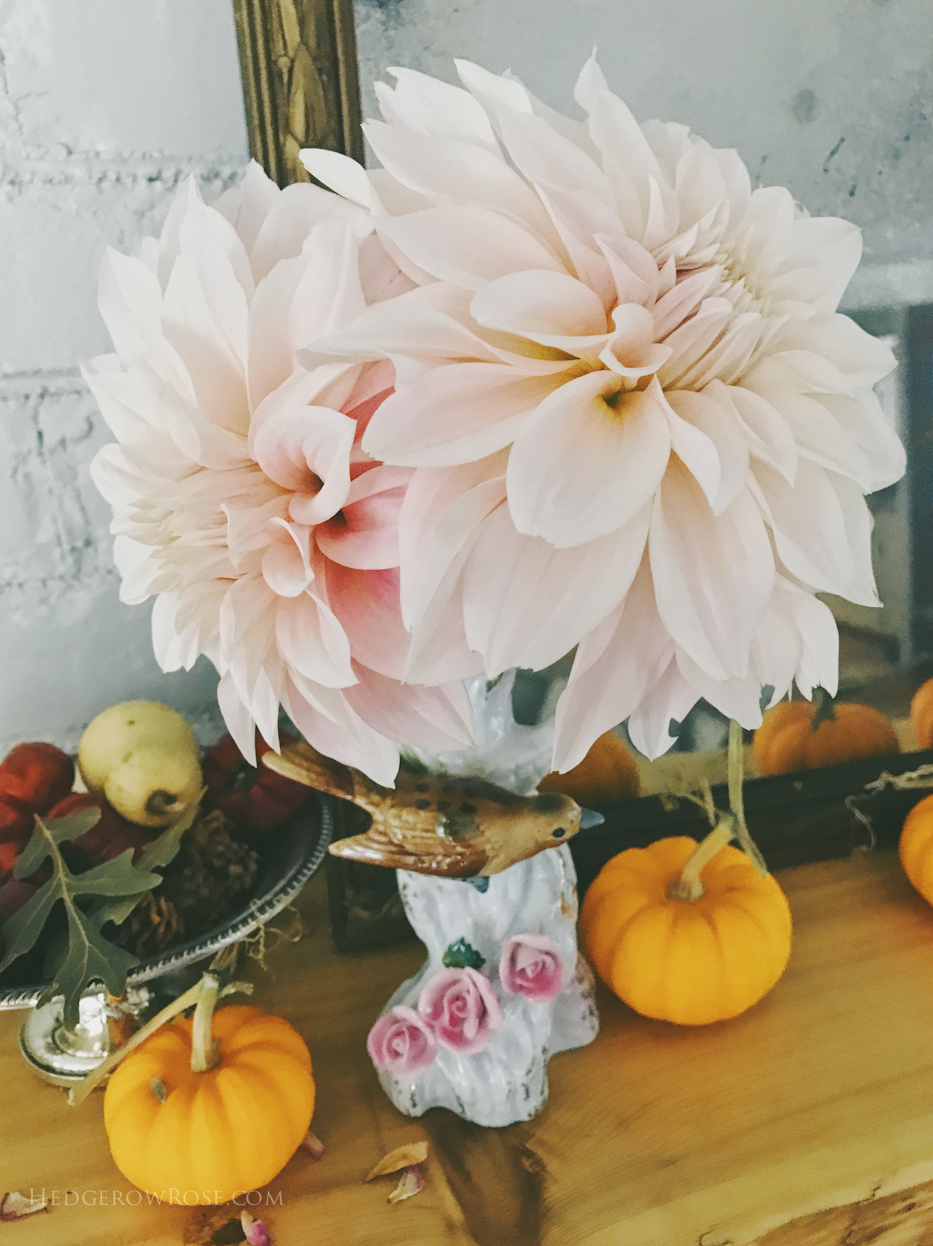

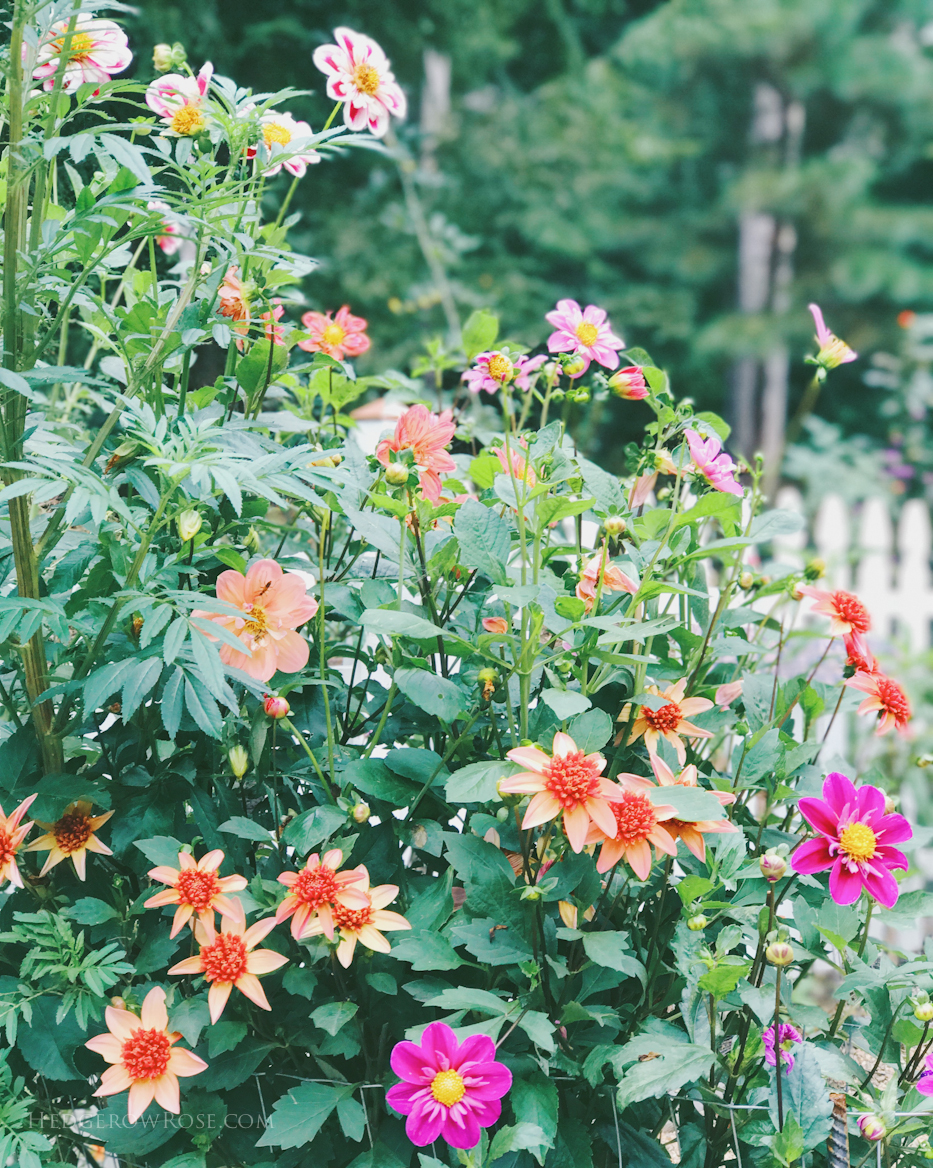
Lilies: I added so many lilies in spring and they bloomed for two straight months. Sadly, almost every single one was eaten by the voles (sometimes right in front of my very eyes!) So, in this garden at least, I will be treating the lilies as annuals and replacing them every year. Perhaps, even growing them in containers. If you’re looking for some good quality lily bulbs for not a ton of money, check out Longfield Gardens.

Mystery Solved: Speaking of voles, there has been a real head-scratcher going on in this garden since the first day I put a rose in the ground. Some plants would do well, and then some, just a few feet away, would not thrive at all. They wouldn’t die, per se, but they just sort of languished. These were solid varieties, mind, for example, ‘Munstead Wood’, which I know is a good rose, so they should have been doing better. (Have you been wondering why I haven’t shared photos of one of my favorite roses in such a long time? That’s why!) See photo below of what was left of Munstead. Can you spot the tiny teeth marks? Anyways, I did soil tests, checked pH, added compost and organic fertilizer–no improvement. The mystery was solved this summer: It was voles. How can you recognize vole damage? Besides catching them in action, like I did in the video below, you might first notice that your plant, say, a rose, starts yellowing like it’s not getting enough nutrients. Then, the leaves begin drooping like it’s not getting enough water. Give the top-growth a little tug and BAM! All the top growth pops off the soil surface like removing a hat from someone’s head. No roots or hardly any roots present and the stalk has obviously been chewed. That’s a vole, folks. This summer they have killed several roses, every single lily, some of my clematis and almost all the beautiful anemones (see photo below.) One afternoon, I was out by the raised beds when I noticed out of the corner of my eye one of the tall stalks of the species lilies vibrating and waving from side to side. There was a vole just under the soil surface eating the lily bulb and chewing right through the base of the stalk. They’re out of control! What’s to be done? Well, I won’t let Albert outside although I realize setting a cat loose is the obvious solution. Domestic cats are the no. 1 cause of songbird decline, did you know that? Besides, it would be dangerous for Albert as there are so many wild animals around here. Actually, I think birds, namely owls, will be my ally here. We have many owls living in the woods around us, including my favorite, the screech owl, who sings every night from the trees nearby. I think it’s only a matter of time that they start hunting in our garden if they haven’t already. We also have a rat snake who passes through every year and I’m sure she will be helping control the rodent populations. There are also supposed to be plants that resist rodent damage. But we all know how that goes, it’s not failsafe. Hellebores, in particular, are supposedly toxic to them so they will avoid. I love hellebores so now I can justify the purchase. There are some physical controls that can be done such as: plants can be set in mesh cages underground, roses can be sunk in pots, etc. Here’s a great article that talks about voles and some control methods.
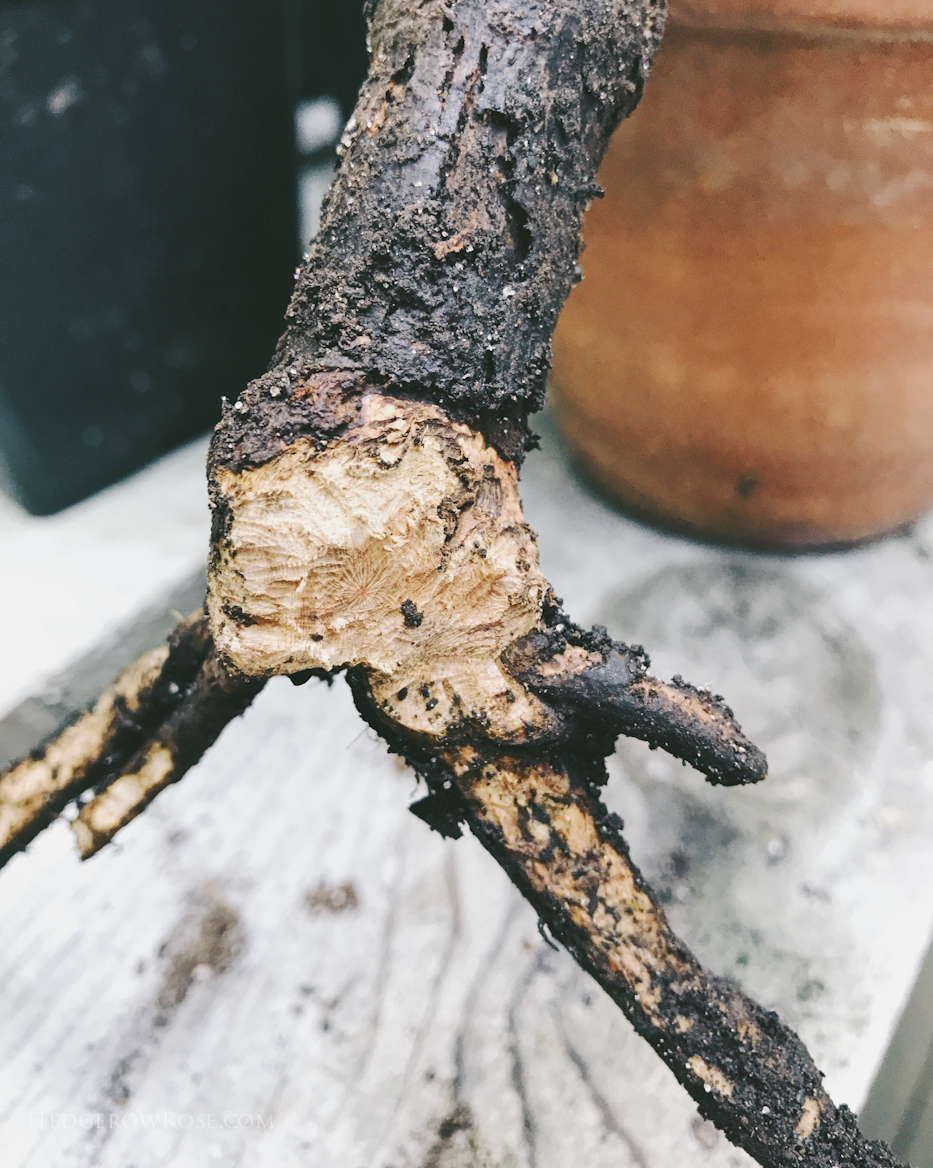
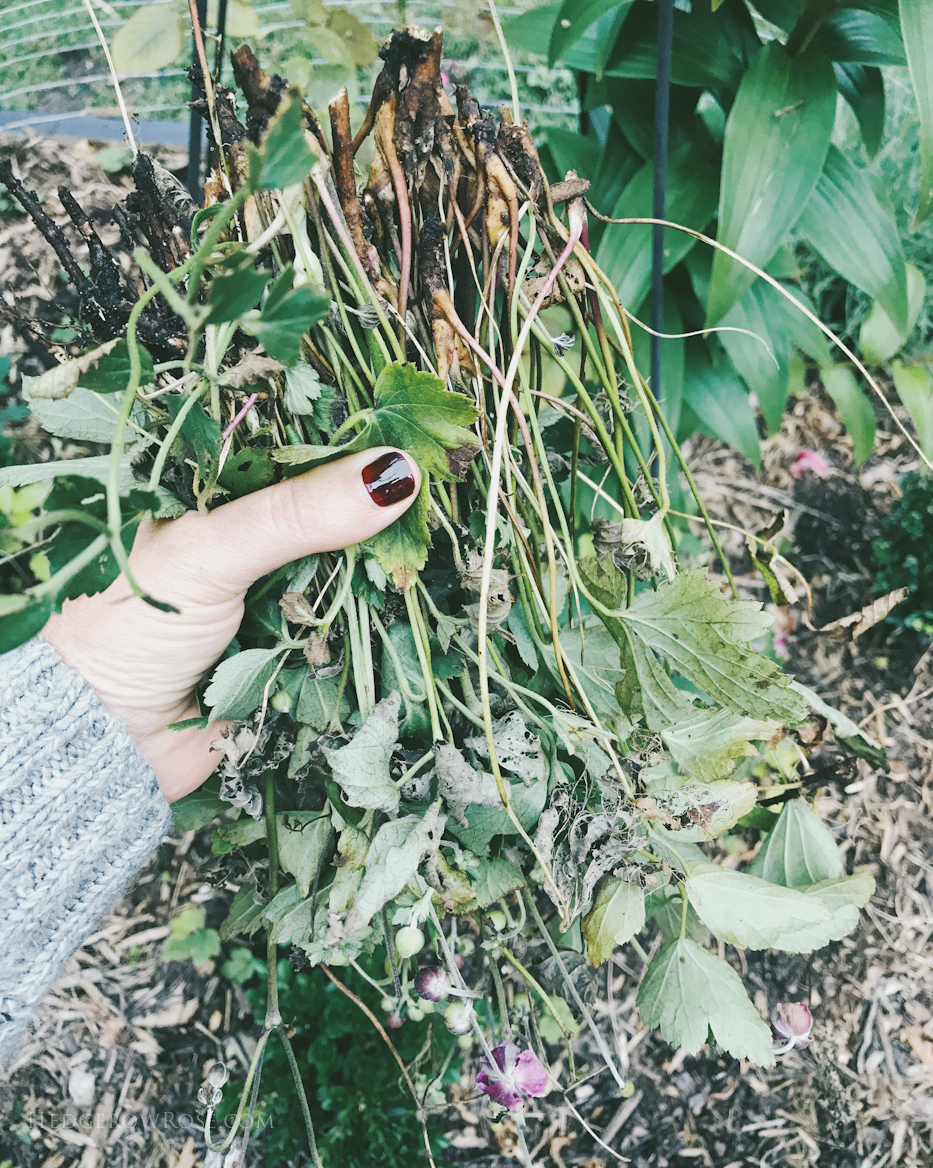
Beating Back the Brush: We’re in our third growing season here and every spring we chip just a little bit more away at the “brush” that was once overtaking the entire property right up to the windows of the house. I cannot even begin to tell you how many times the two of us have talked about moving to a different house on a piece of land that maybe has one tree and just a plain, flat lawn. These types of conversations always occur when we’re up to our eyeballs in invasive plants such as: Japanese Knotweed, R. multiflora and ALL THE VINES. And while we love trees and the forest as much as the next person, we don’t love that this bit of land has been allowed to fill in with said invasives, not to mention poison ivy that has gotten so big, the vines look like thick ropes. We’re very fortunate, though, that our township has an annual brush collection (which they then compost and return to us in spring, it’s magnificent.) Our contributions are so large that they literally bring a back hoe to our house to collect it. Remember this photo from spring? We’re about to do another cleanup like this this month.
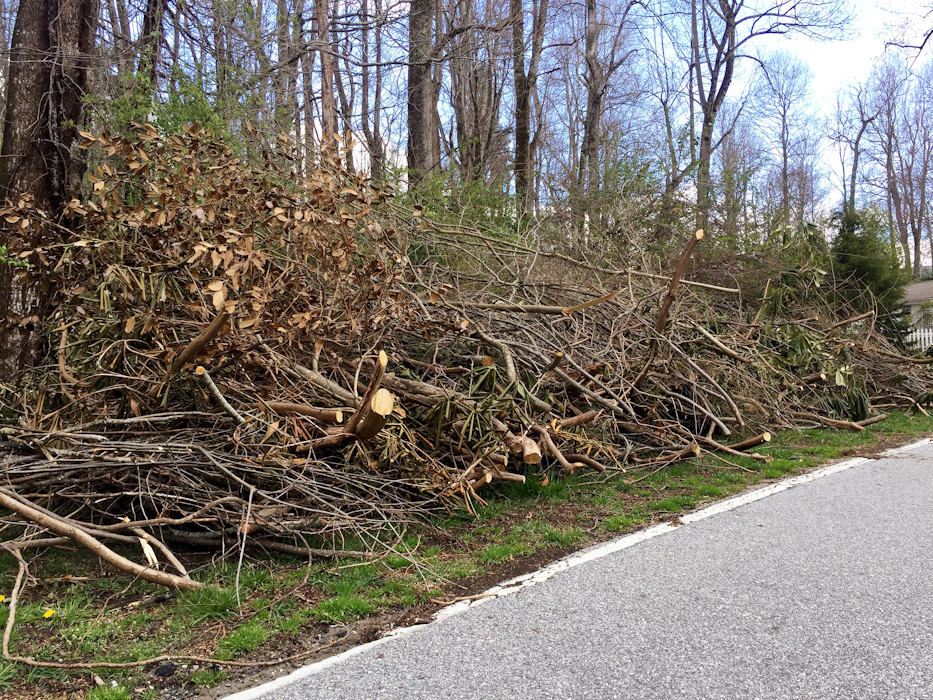
Wildlife Visits: We had lots of our usual visits from the local wildlife: birds, frogs, toads, snakes, deer, raccoons, etc. I especially enjoyed the visit from a mamma turkey bringing her dozens of chicks and bears often pass through (not as much since we moved the bird feeder!)
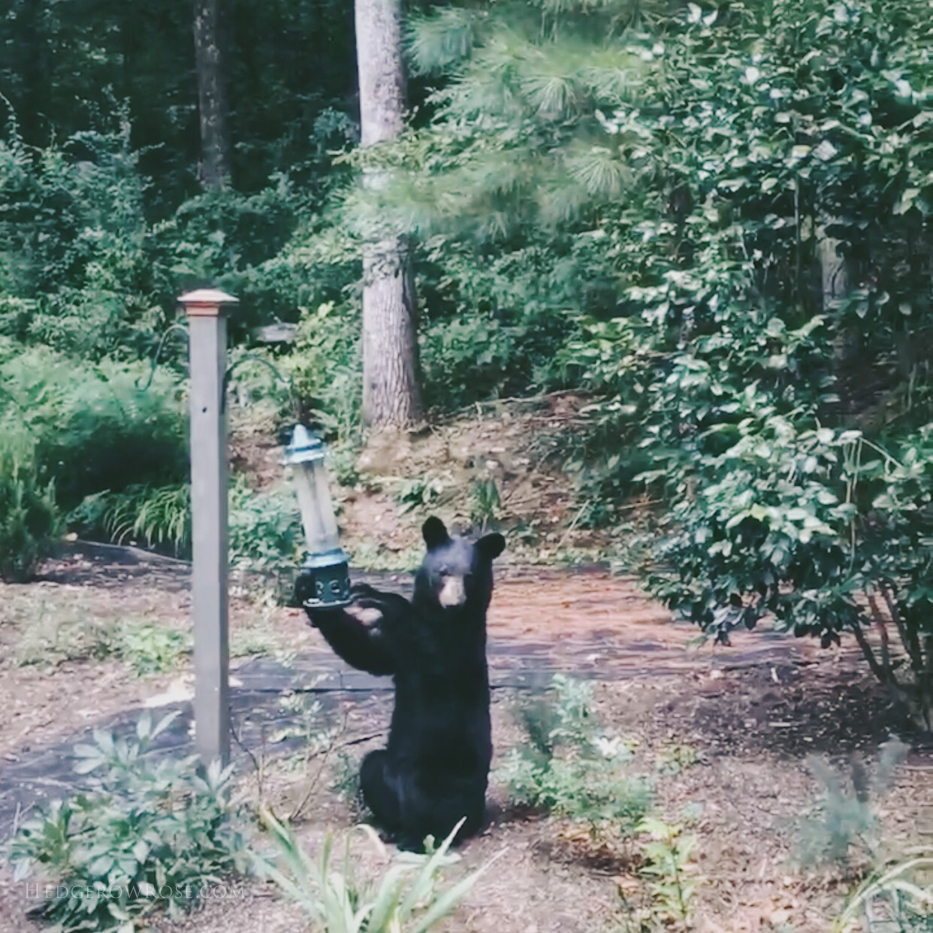
THE ROSES:
In spring I had the honor of speaking at the annual Rose Exhibition at the North Carolina Arboretum. I think the talk went well, but I realized afterwards that I tried to cram way too much into 45 minutes. If I’m asked back next year I think I’ll cut the talk in half so it’s not so overwhelming. It was super encouraging, though, to meet other gardeners enthusiastic about growing roses without the use of pesticides and fungicides.

Rugosa Collection. Earlier this year, it hit me that I have been feeling less and less enthusiastic about growing my favorite flower. I really felt like I had lost my rose mojo. I used to be so interested in species and old garden roses so I decided to go back to basics and explore building up a collection of rugosas. Let me tell you, it was so much fun doing that research and talking to other rosarians about which are their favorites. It was definitely the lift I needed. If this kind of thing is happening to you with a plant or hobby you no longer enjoy as much, I encourage you to go back to the beginning and revisit what made you fall in love in the first place!
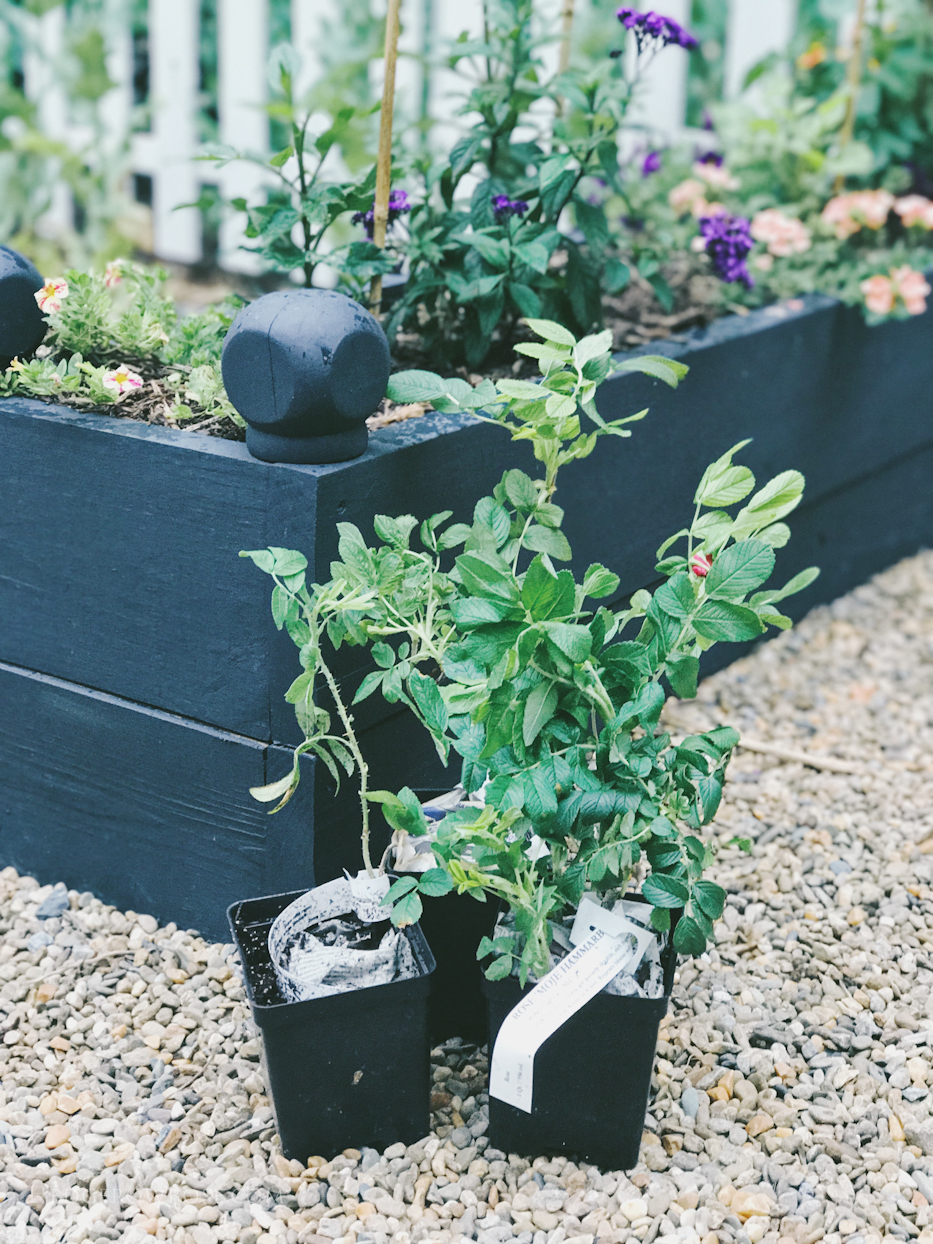
Roses in propagation: Not that I’m some kind of rose propagation expert or anything, but I gave a talk about it and have written posts about it, and then suddenly, I come to NC and my success rate starts tanking. I’m going to tell you why I think that is, and that’s temperature. It gets way too hot here in this southern climate during the summer. Plus, we’re on a mountain top so we get cooler nights and blazing hot afternoons. I use a propagation mat now which maintains base temps but not much can be done when those afternoon temperatures climb into the 90’s. Therefore, Jesse and I are talking about moving my whole operation to the north-facing area of the garden next year to combat this. I can’t really complain, because I do have a tidy collection of baby roses that will be going into the cold frame this winter but dang. It could have been better.
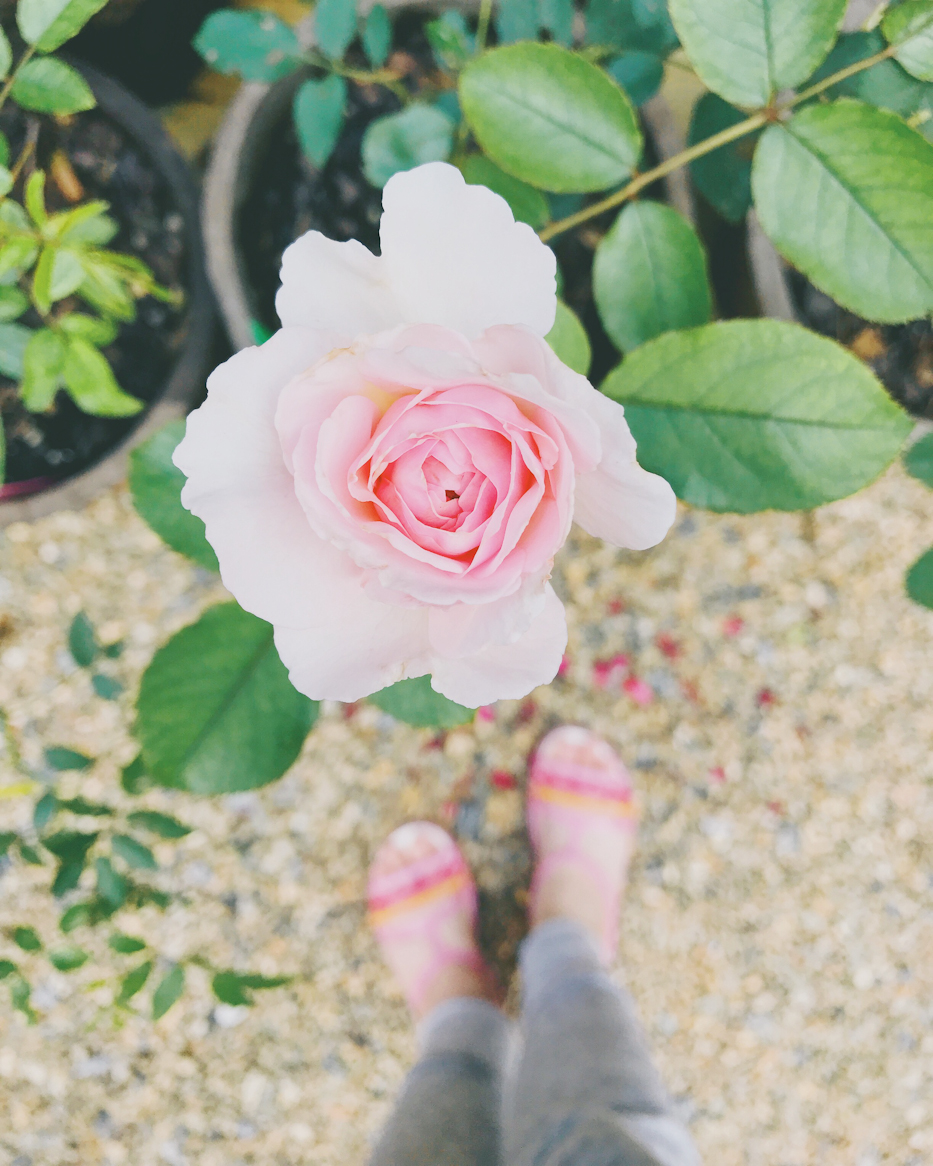
These were a big disappointment: Winter losses, disease, pests and a late spring freeze affected the following: Madame Ernest Calvat, Rêve d’Or, Madame Alfred Carrière, A Shropshire Lad, Sister Elizabeth, Strawberry Hill, Weeping China Doll, Dainty Bess, Hot Cocoa, Boscobel, The Lady Gardener, St Swithun.
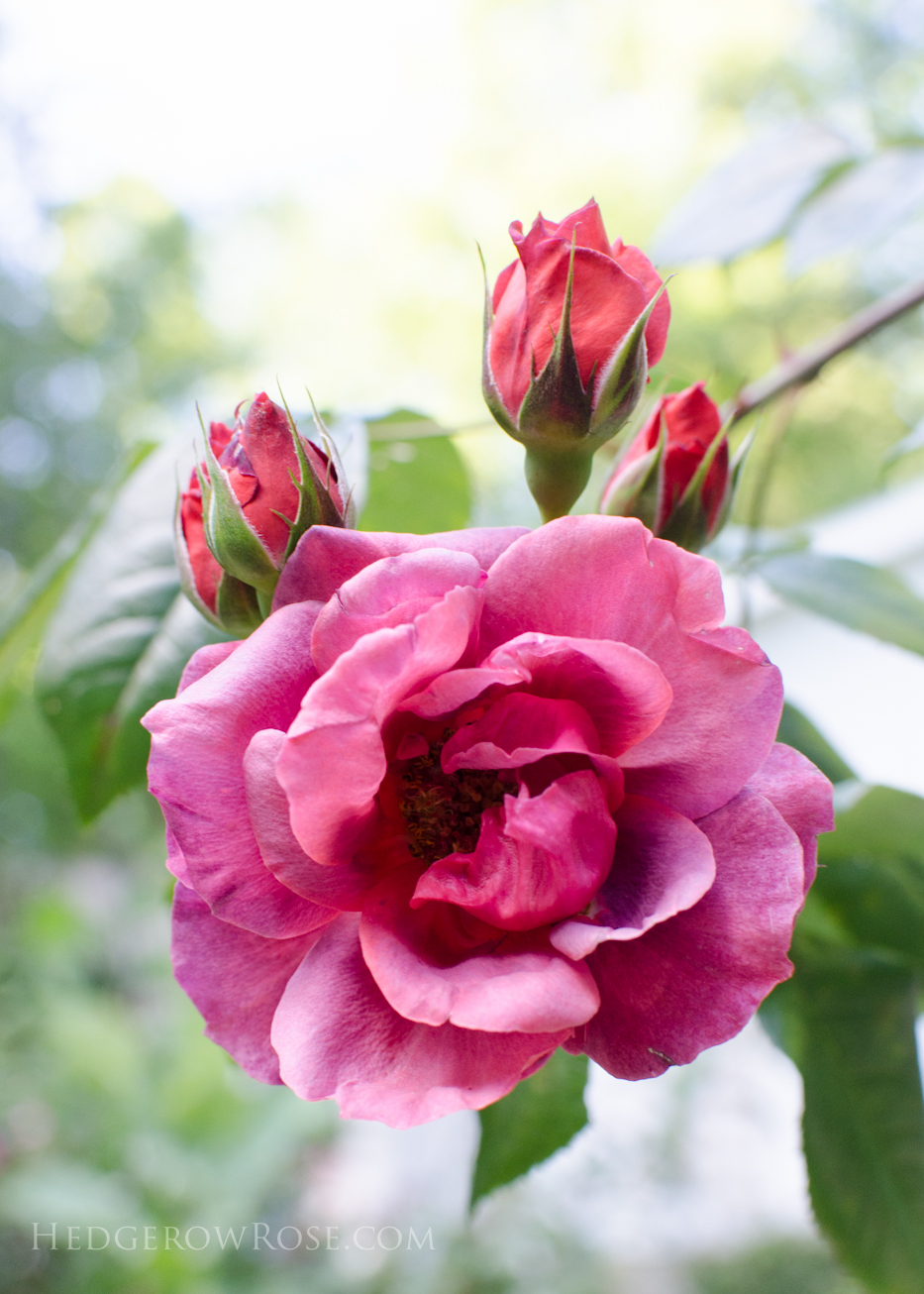
These were a pleasant surprise: Lemon Zen, Rhode Island Red, Lichfield Angel, Claire Austin, Antike 89, Italian Ice.
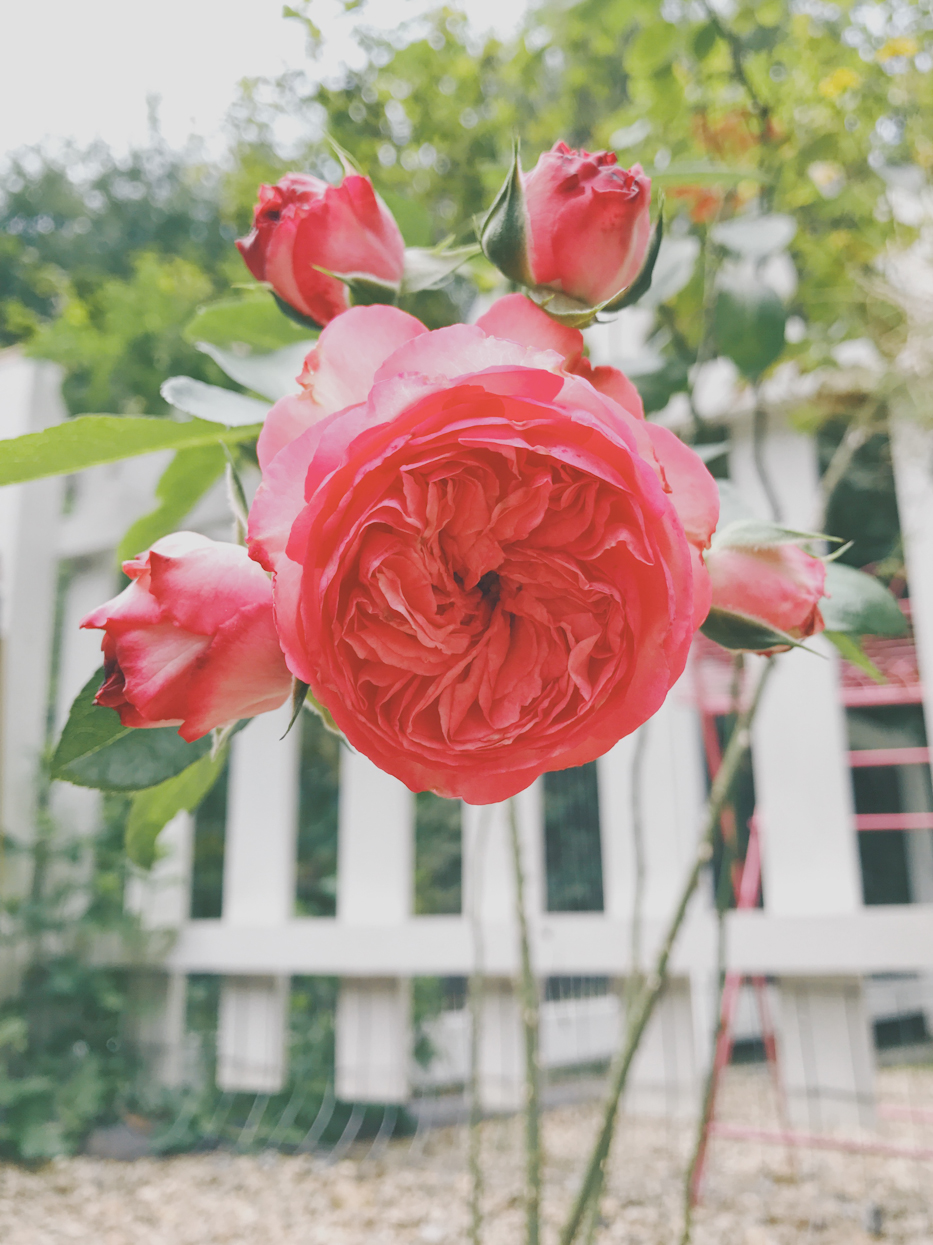
Old Faithfuls: Blush Noisette, Arcata Pink Globe, Tuscany Superb, Cornelia, Ghislaine de Féligonde, Erinnerung an Brod, Celsiana.
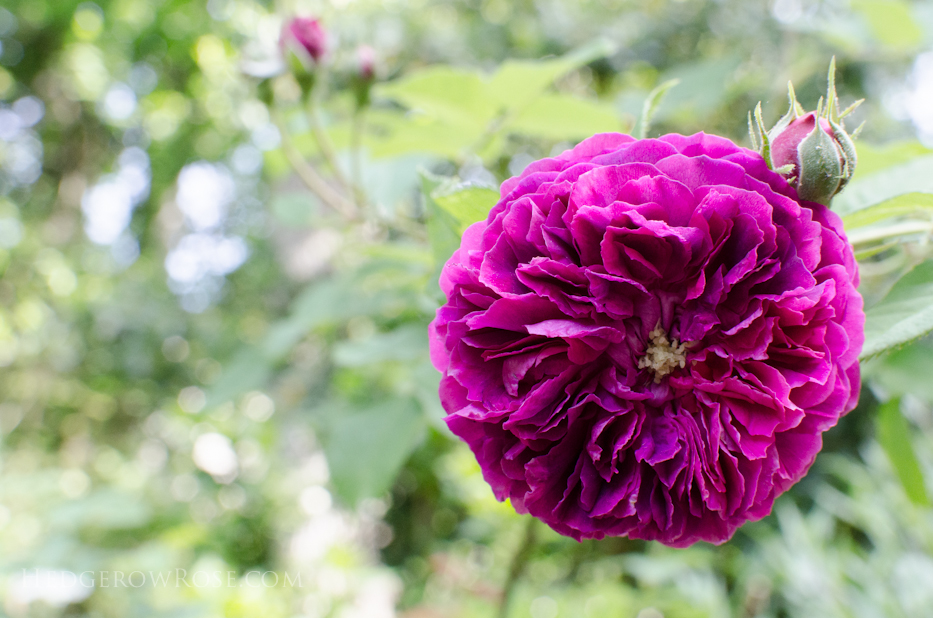
The Jury is Still Out On: Fragrant Plum, Rock & Roll, Benjamin Britten, Summer Romance, Elie Beauvillain, Fourth of July.
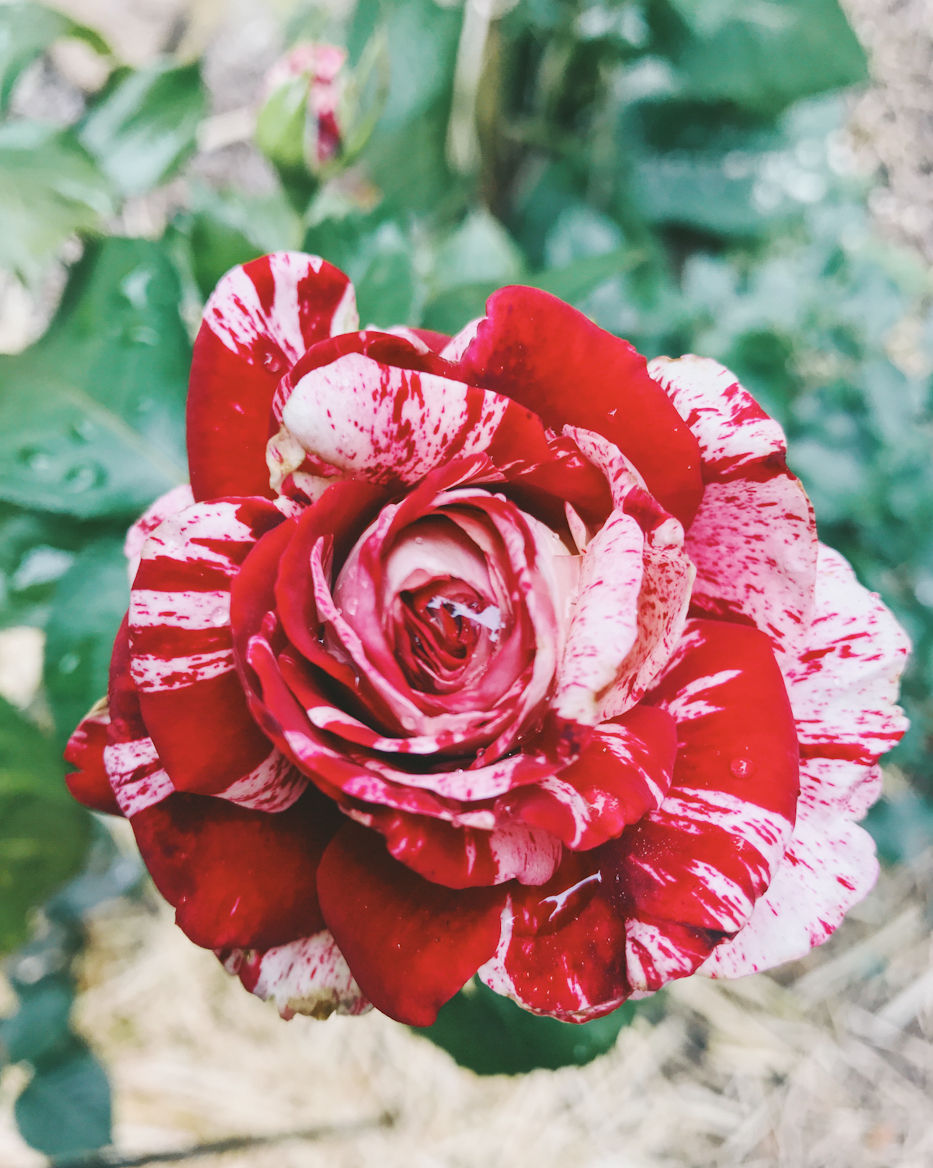
This Year’s MVP’s: A 3-way tie between Ivor’s Rose, Pomponella and The Generous Gardener.
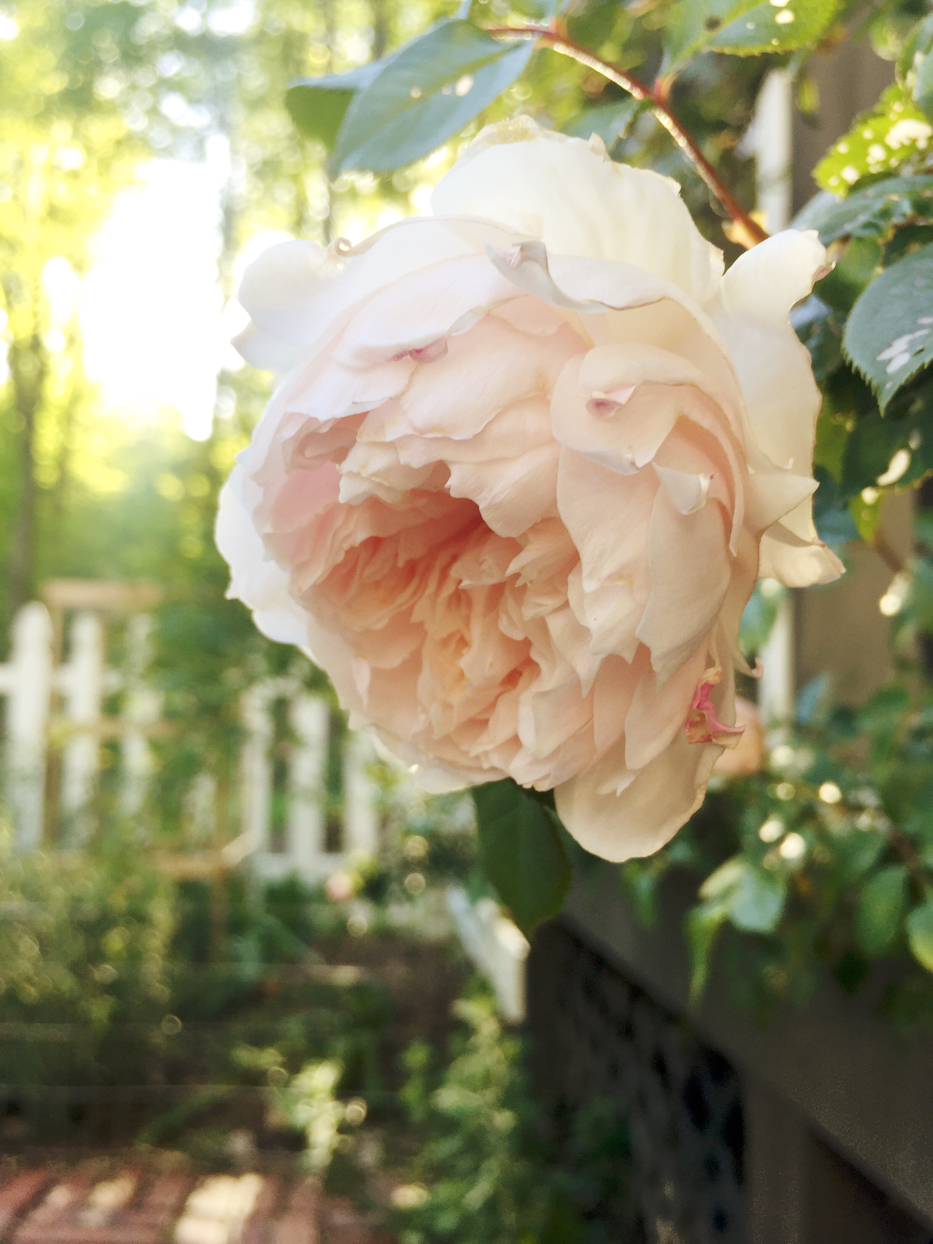
The Bees: I’ve talked a lot about the bees in recent posts. They have been a huge source of stress, excitement, disappointment, joy, heartache, peace, confusion, humility and wonder. In the past few months we’ve experienced: installing package bees and nucs, managing top bar and Langstroth hives, laying workers, the shake-out method, requeening, combining hives, small hive beetles, wax moths and we’ve had two swarms. And we’re not even into winter yet! I will say the biggest struggle has been not having a mentor. I talked a little about that in a previous post. We’re trying to keep bees more aligned with these ideals but haven’t found an experienced beekeeper locally who practices these methods. Thank heavens for the Internet, but it would be nice to have someone who could actually look into our hives with us! If you’re thinking about beekeeping my one piece of advice is get your mentor on lock ahead of time. Otherwise, there are so many other things you can do to help your pollinators, starting with discontinuing use of pesticides and growing more pollen and nectar producing plants.

The Chickens: The chickens have been a different kind of stress, because Jesse and I both feel that if you’re going to keep chickens you need to get them out of a cage and let them run around. I know there are a lot of you out there who think we’re insane for allowing them to forage in our garden but we actually want them there, not only for their well being but to help with pests in the garden and around the beehives. But, as so many have already pointed out to us, they are aggressive scratchers and nibblers and can unearth plants, nibble tender leaves and kick freshly laid soil and mulch into the next county. So, while they were helping enormously with our pests populations, including grasshoppers, centipedes, ants, SHB, grubs, Asian jumping worms and so on, they sometimes get a bee in their bonnet to get into areas they shouldn’t be. It’s taken some time to figure out what works: we’re currently using rocks and low fencing to protect the roots of the plants and keep them out of the raised beds but I’m not thrilled with all the barriers and how it detracts from the beauty of the flowers. I’d love to someday invest in some well-made willow hurdles like you’d see in an English garden.
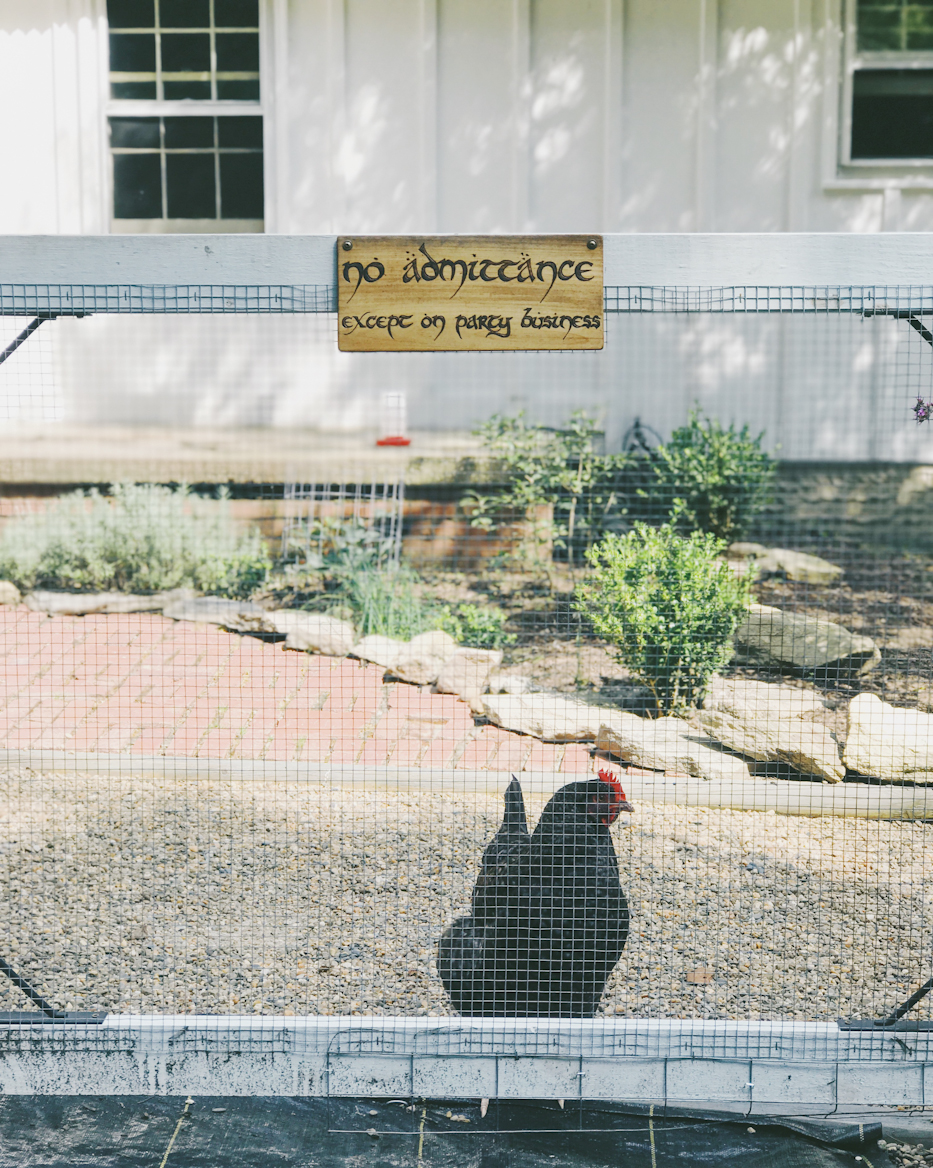
Kitchen Garden Veggies: The kitchen garden was a mixed bag. While we did get many things in place such as the asparagus bed, fruit trees and berry producing shrubs, they, of course, didn’t really yield anything yet. I never did get my shiitake mushrooms and artichokes established. We had great success with these carrots and these beans but our bell peppers rotted during all that rain we were getting. Our new favorite tomato is called ‘Chocolate Sprinkles’. It was heaven and did well in a container. For the first time since we moved here, I was able to get pumpkins that didn’t get eaten before they ripened! I trialed a couple of plants of ‘Jack Be Little’ in a container and got about 9 pumpkins from them. We also tried a new alpine strawberry called, ‘Reine des Vallees’, and I like it even more than Mignonette!
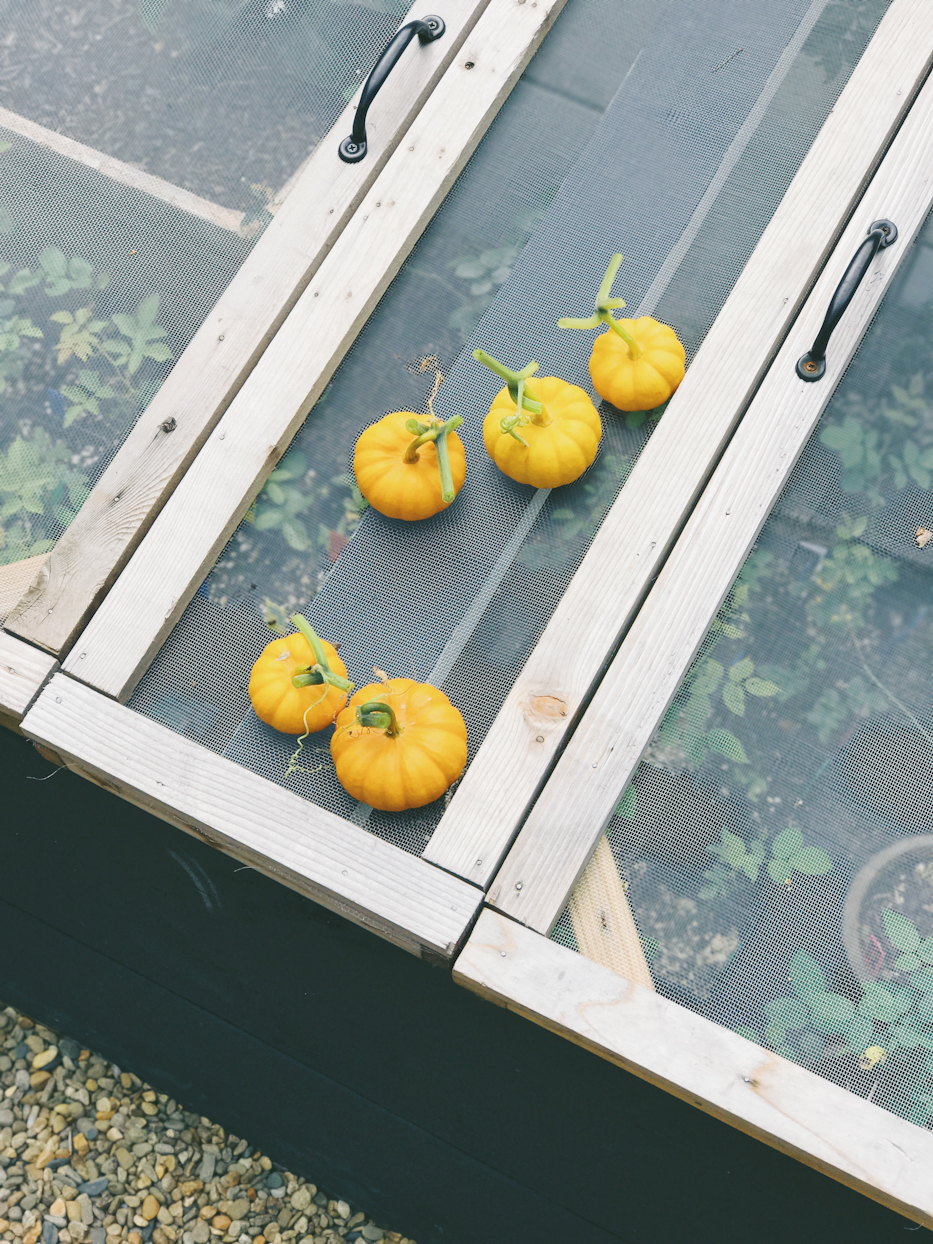
The Great Border Expansion: Besides the new cutting garden, I continued my work on the rockery, adding plants, weeding out the vines that are still taking hold, amending the soil. It’s looking very pretty but still has a ways to go. We also pushed out a couple of the borders in the garden area outside the courtyard and filled them up with roses and other shrubs. We didn’t get as far as we’d like because we ran out of compost and I couldn’t justify pulling from an already tight budget to continue the work. It will have to wait until next spring. The photos below illustrate some of the progress there.

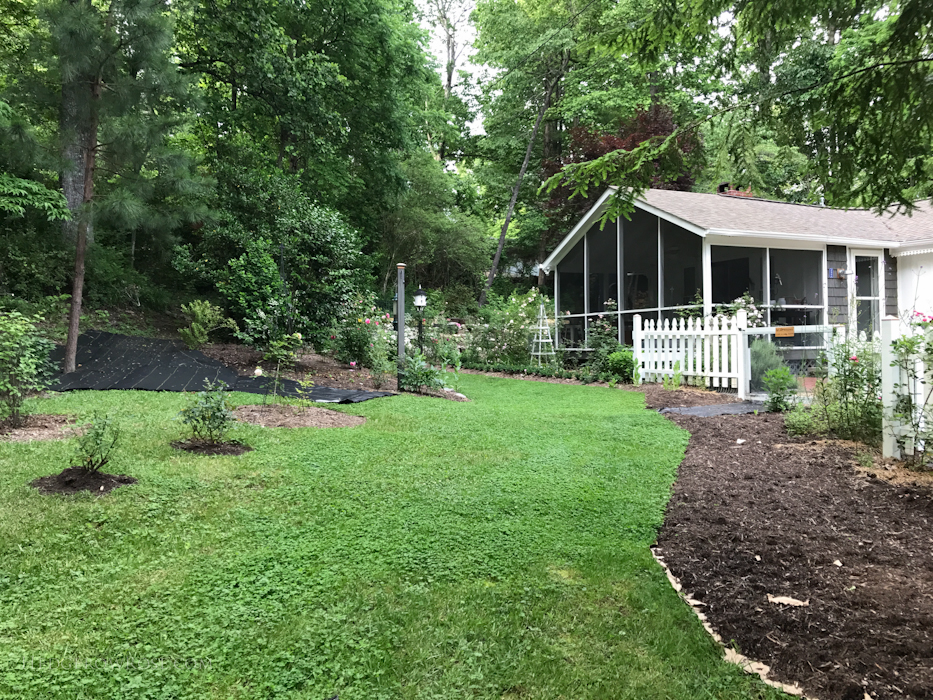
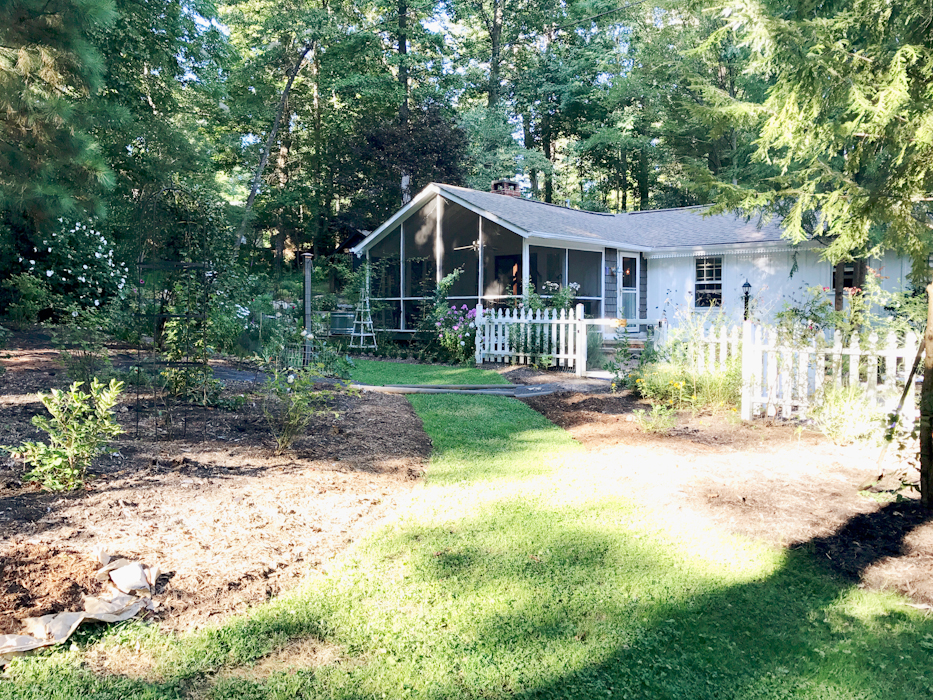
Other Pests: Besides the voles, we realized that we have Asian jumping worms. Have you seen this article by Margaret Roach and Ken Druse? That should tell you everything you need to know about these invasive worms and why we’re struggling. In good news, I didn’t see nearly as many thrips and aphids as last year which I think can be attributed to our increasing green lacewing larvae populations. The grasshoppers were pretty bad, still, but not as much as last year. The issue with them is that they climb up to the ends of rose canes, chomp right through and basically behead the entire cane. I have so many climbing and arching roses that have disjointed looking canes from them having to regrow in weird spots. On a positive, the chickens are eating the grasshoppers and the Asian jumping worms along with other pests. I would love to increase their forage and let them out into the rest of the garden but it isn’t fenced off yet. Someday, maybe!
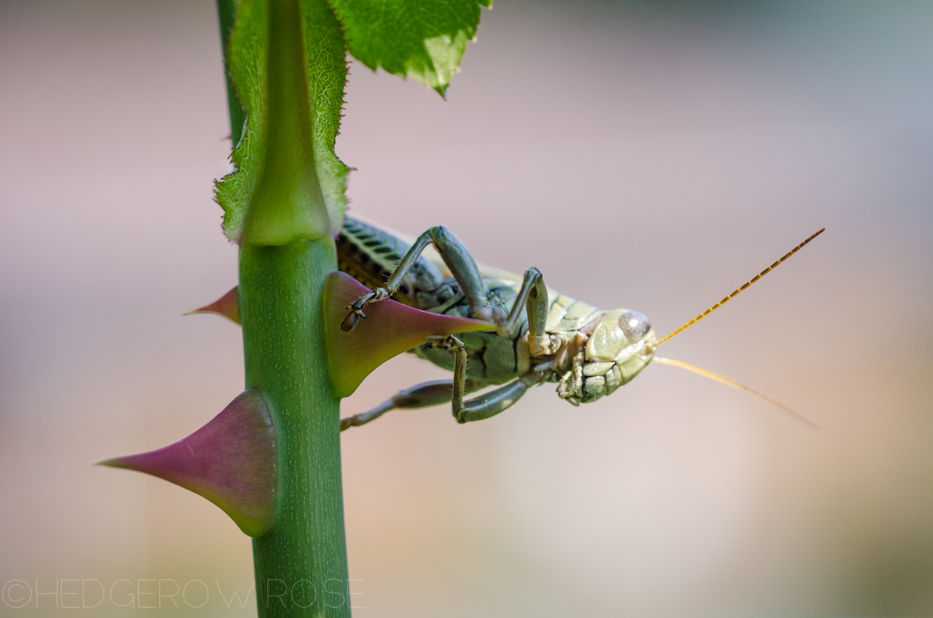
Hardscapes: This year began with fencework: we enclosed the entire courtyard with picket fence and farm fence and it was a TON of work, but so worth it. We also built various gates, arches for the roses with rebar, the chicken coop, a couple of bee stands (and hives) and steps up through the rockery. If you really want to see some crazy befores and afters, check out this post from August 2015!
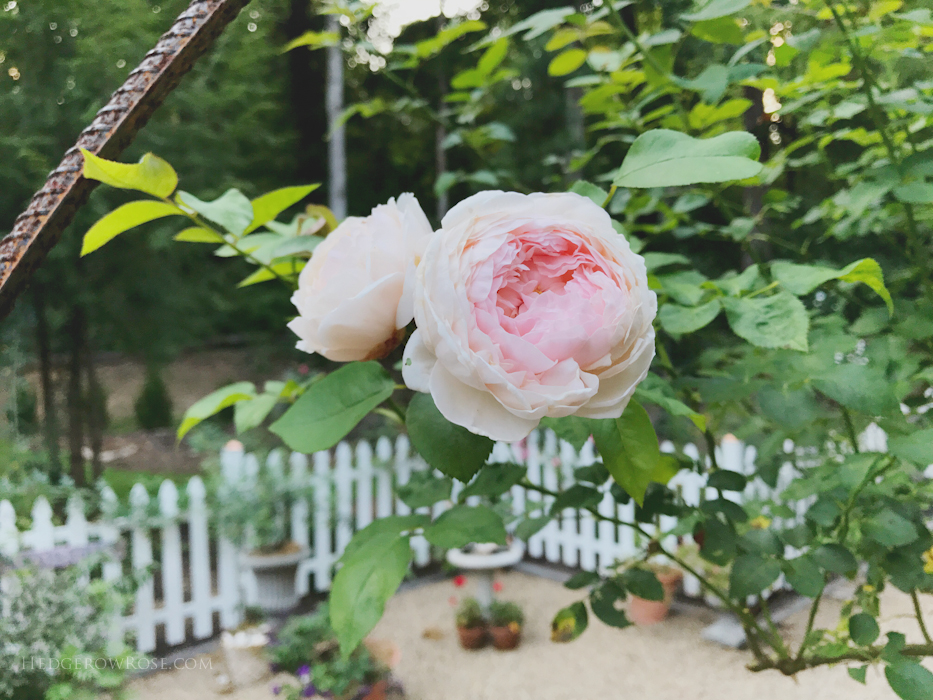
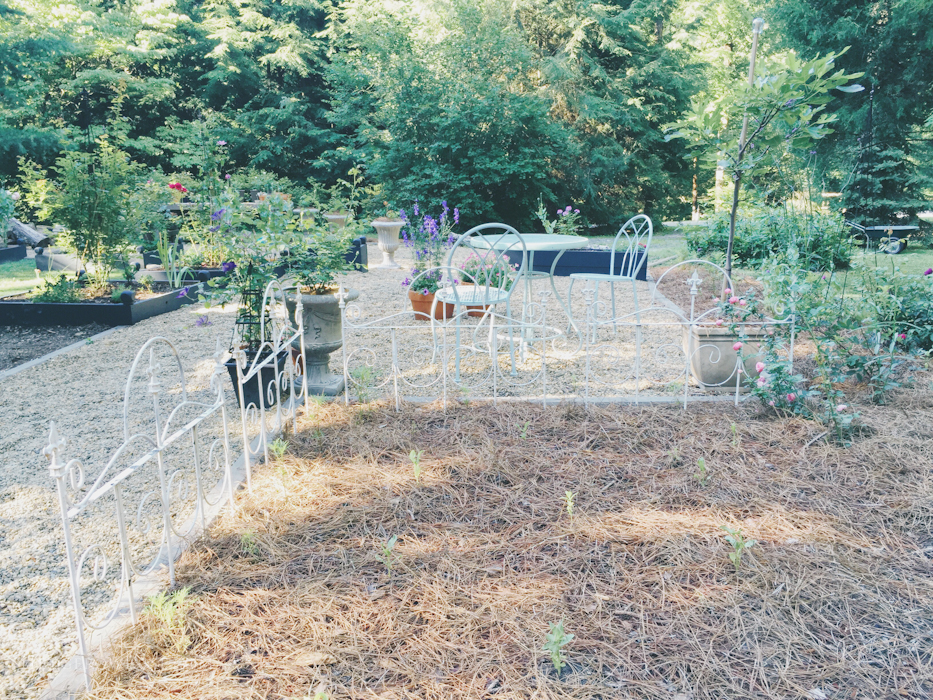
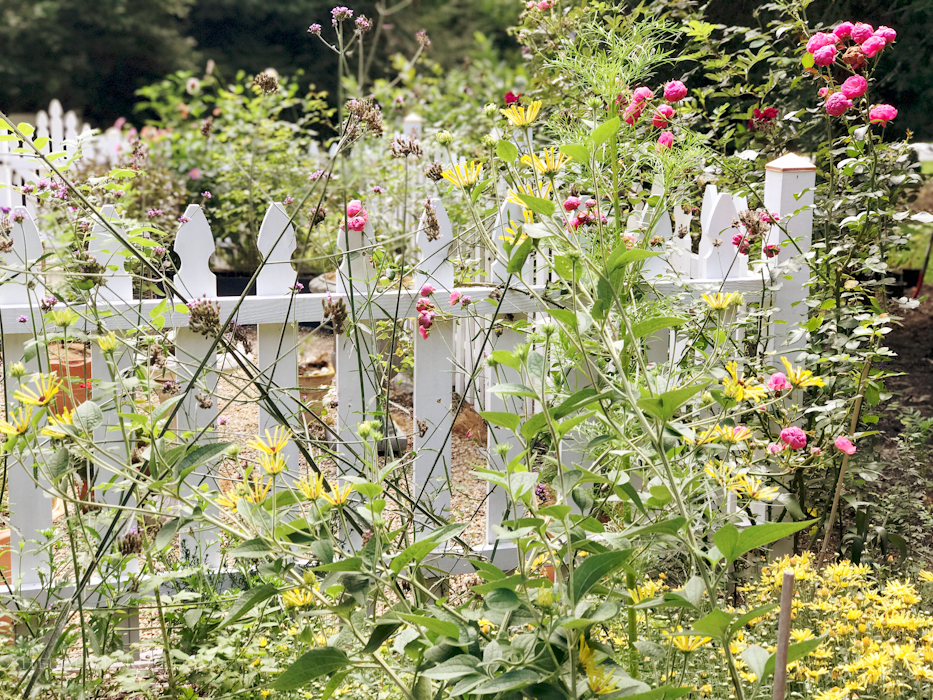
Certified Wildlife Habitat: This year we registered our garden with The National Wildlife Federation. We placed the signage right at the entrance to the garden which gets seen daily by various delivery folks and neighbors. Our hope was that it would spark conversation about what we’re trying to do here and encourage others.

Things We Didn’t Do: It was a very full growing season! However, because of the work we’re also doing on the interior of our home and my husband’s absolutely ridiculous work schedule, we didn’t do some of the other things on our list: No field trip to Roses Unlimited, no tree thinning, no window or gutter repairs, no raspberry border, no vacations. (Autumn had us on a very short vaca which I will be talking about briefly in my next post!)
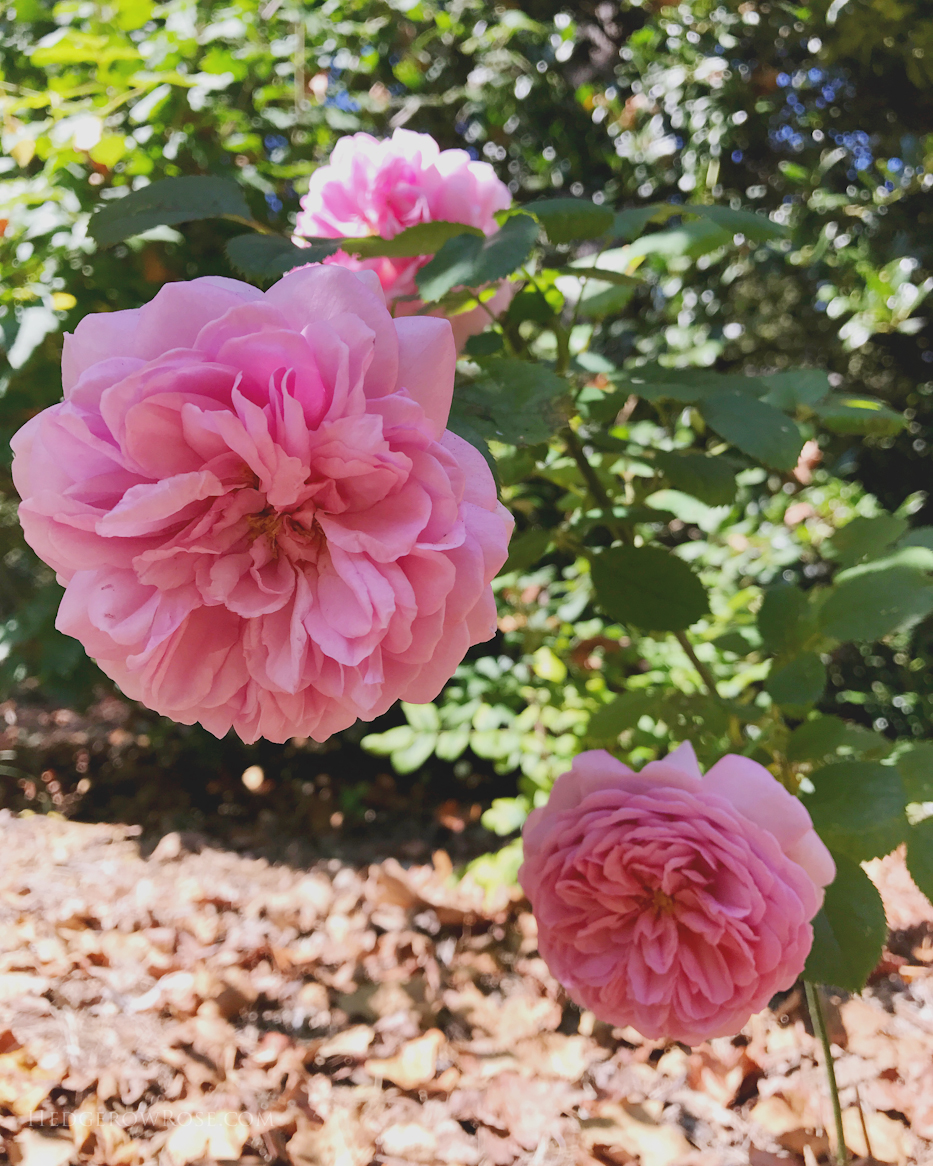
What’s Next? Well, it looks like we might be hosting a wedding in our garden next fall which gives us a little under a year to prep for it. I foresee a lot more brush, tree and fence work in our future. I’d love it if our bees survive winter and if they do, invest in 1 or 2 more Warré hives. As far as the roses go, I’ve been building up my OGR collection again with some old favorites of mine in hopes to propagate and perhaps even offer some for sale here on Hedgerow Rose. If you’ve made it this far in a very lengthy post, thank you so much for reading and for all your encouragement over the past year. Cheers to another growing season under our belt!



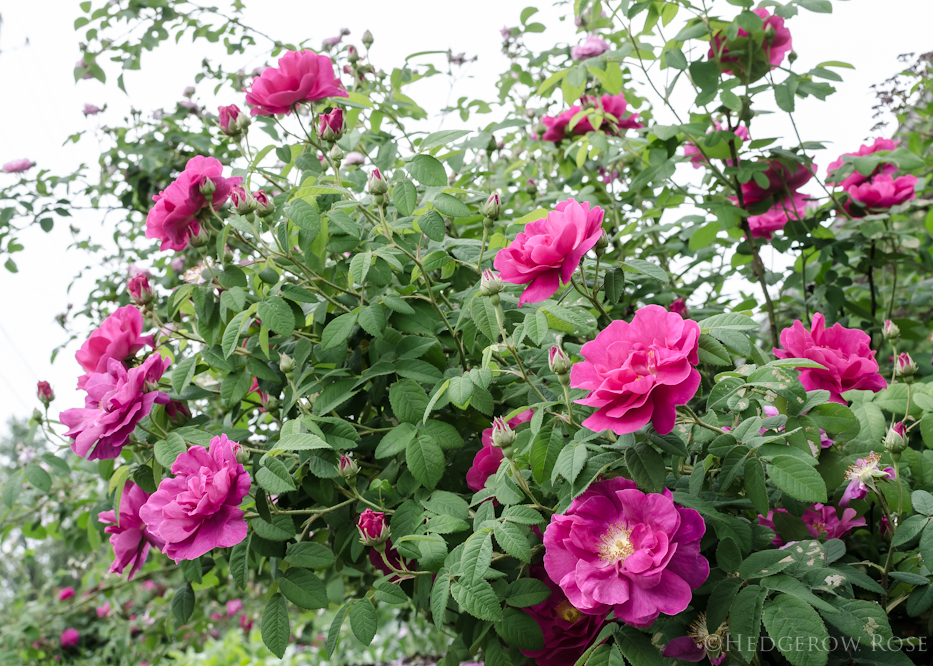
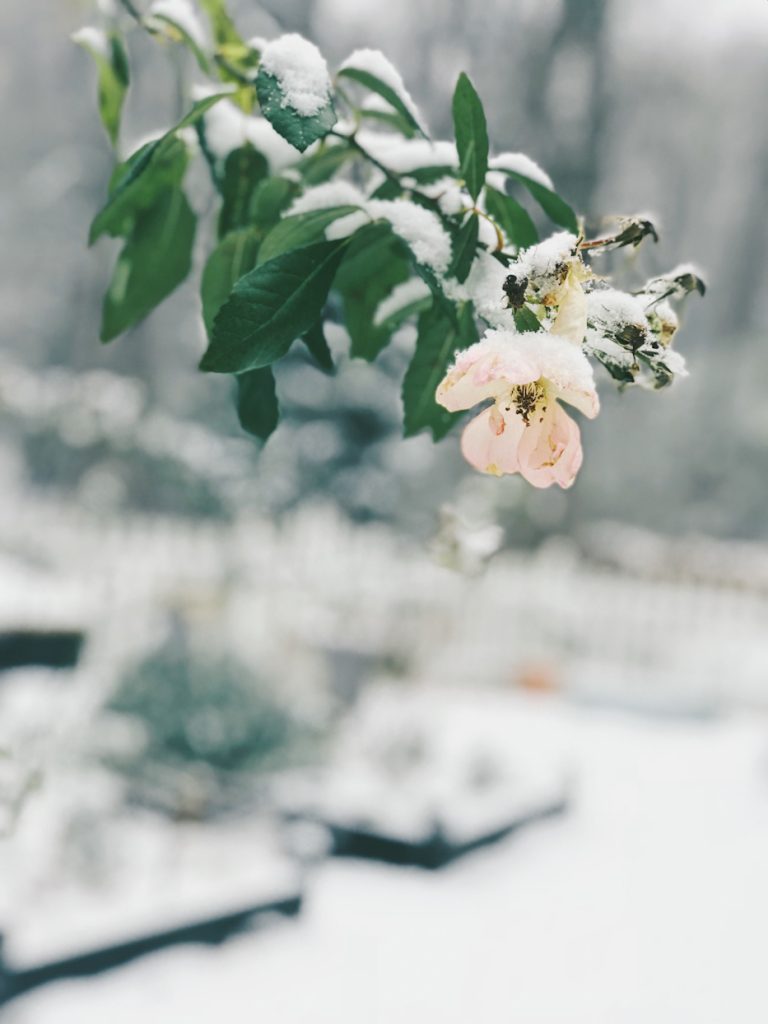

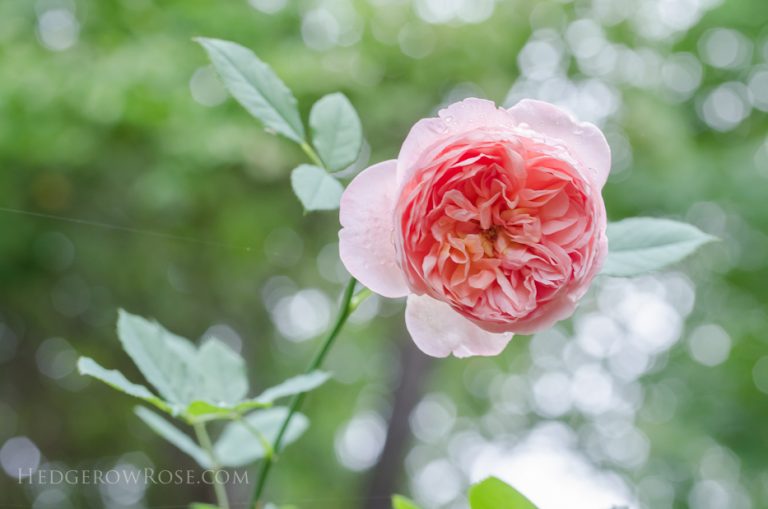

Wow. A wealth of information. I am going to have to read this over and over again and try out some of the things you mentioned. Now I know why I had hardly any lilies this year. I just did a podcast on Chipmunks (coming out on the 9th) which might make you laugh. For some reason, I get so moved by what you write here, and I bet I am not the only one. Plus, you know. The wedding. Glorious!
Yes, the wedding! That should keep me busy for the next year. Sorry to hear about your lilies. Maybe try growing them in containers?
Sorry to hear about your lilies. Maybe try growing them in containers?
I love this year in review! So much good detail and that wedding will be gorgeous! So sorry to hear about the voles… That video is hard to watch and sad they do so much quick damage…
Re the Rose propagation, here in the Way South, I have mixed results, but I will tell ya, it HAS to be on the north side of the house or in some high shade. Otherwise the soil dries out so fast or they burn. Oh and I never use a cover of course cause it’s already like a greenhouse outside.
Eve, thank you for sharing your experiences with propagating roses in the south. I am encouraged that I am on the right track in moving them to the north side. While we did have some success, I felt it could have been way better and the afternoon heat seems to be the culprit. I really appreciate your input!
Absolutely amazing how much you have accomplished in such a short time. Your garden looks wonderful (despite the trials and tribulations!), and how exciting to live in a certified wildlife habitat! Exciting news about your daughter as well :-).
Thank you Louise, it is soo nice to hear from you! It feels crazy to think I have a daughter who is old enough to get married. I’m so grateful for your visit!
I’m so grateful for your visit!
I was glad to hear that Brownell’s RI Red was among the roses that did well in your garden. We have a collection of Brownell roses and RI Red is one of the stars in our garden. It’s been growing there for almost 20 years. My husband propagated it from a RI Red that his father bought in the 1950’s from Walter Brownell here in RI.
What a fantastic story, wow!! Thank you so much for sharing that history with us. I really am enjoying that rose.
Last year I used your rose propagation method and had incredible success. I had previously lost more than half to rot, and your soil-less direction gave me 90%, yay! In September this year, when they’d reached a birthday, they really started turning into little shrubs and can leave the gallon can to move into 3 gallons. I live in northern California with hot summer days, and since I’d always placed starts on the north side, uncovered, I didn’t change that part. Thank you for sharing your observations and gorgeous photographs of roses! Your blog is so beautiful, that I check your photos when I consider buying a rose variety because you show them at their best. Best of luck in your business endeavor!
Linda, thank you so very much for taking the time to comment and share your propagation experiences. You have no idea how happy that makes me that you had success! Hooray! I’m so tickled to hear that you’re also enjoying the photos on this little ol’ blog. Lately, I’ve had to use just my cell phone to capture the images but I hope to improve on that sometime next year since I understand how important it is to see what roses actually look like in a garden setting. Thank you again and hope you’re having a lovely autumn!
I love your garden year end reviews. They inspire me with ideas on how I can plan for the next year!
That’s very kind of you to say, Erica! I’m so happy they are helpful!